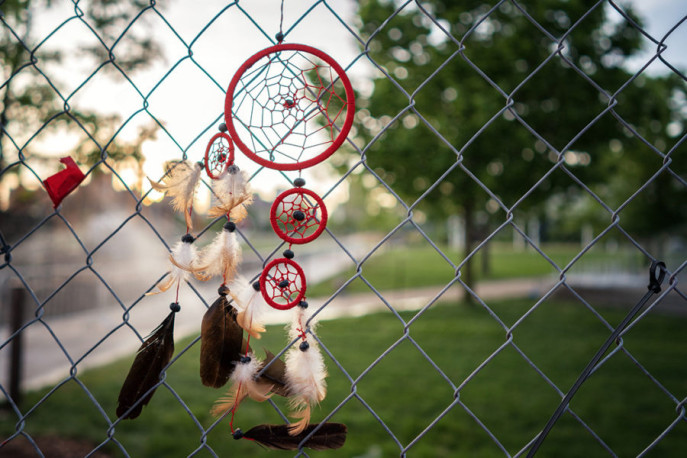
by: Ellen C. Caldwell
for JSTOR Daily
Controversy and protests about several artworks have highlighted the quandary of what constitutes cultural appropriation in the art world.
Minnesota’s Walker Art Museum made headlines this May and June with their decision to purchase and display artist Sam Durant’s Scaffold, in the re-opening of their famed sculpture garden. The sculpture recreated a conglomeration of gallows used in numerous U.S. government-sanctioned executions, including that of 38 Dakota men, who were killed in 1862 as punishment for their role in attacks on white settlers, in response to the U.S.’s damaging treaty violations.
Soon after the Walker released images of the art, local indigenous communities and artists came to protest the sculpture saying that the inclusion of the gallows, which mimicked the original ones erected just 80 miles away in Mankato, Minnesota, was insensitive, re-traumatizing, and reopened unhealed wounds. Some of the protest signs that appeared in June included messages such as “Not your story,” “Hate crime,” and “Cultural genocide opportunist.”
